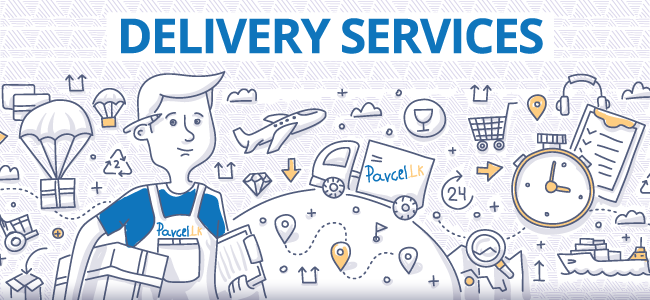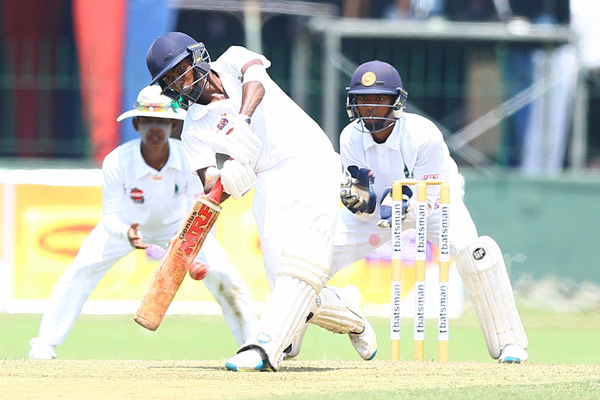
Most organisations, large or small, have invested in – or at least considered investing in – team building programmes at least once a year. Usually conducted in an off-site outdoor environment, team building exercises motivate individual team members to collaborate better with others in their team in order to optimise the overall performance of an organisation.
Team building exercises refers to various activities that are designed to enhance the relations between team members. Typical team building exercises include collaborative tasks that require gaining and placing trust, finding common goals, building effective working relationships, and working together to find solutions to problems. In addition to gaining these skills and benefits, in the long run, team building exercises can help team members come together to solve issues that may have previously hindered the organisation from achieving the highest level of performance.

Typical team building exercises include tasks that are supposed to build trust, and improve working relationships. Image courtesy wrike.com
However, there are instances when team building exercises fail to bring the desired results to the organisation, which can create the perception that “team building programmes do not work”.
In most cases, the main reason that leads to the team building initiative not working out as intended is that the team building programme was being asked to do something that it is not suitable for. However, this does not rule out entirely the possibility of the failure of the provider to achieve what they set out to do, especially in the case of inexperienced or poorly trained providers.
When setting out to invest in a team building programme, it is important to establish feasible objectives. Team building exercises are designed to fulfill a specific requirement; to motivate team members to work better together for the betterment of the organisation.
If there are no significant underlying issues and the team needs a morale boost after a tough year, or as a pep up for forthcoming challenges, or has expanded and there’s a need to get to know people, then a team building program on its own will probably work.
While they can create a sense of ownership in a desired future as a team, they will find it hard to reach that vision as long as issues in the organisational culture (habits, precedence, espoused and practiced values, etc.) remain unaddressed. But that cannot be done in the context of a team building “programme” (the outdoor activity filled experience, as most people understand it. But really, what happens after is equally important for the overall programme).
Here are some ways in which organisations can reap the maximum benefits of team building exercises, both in the short- and long-run:
1. Identify existing issues and understand what your requirement is
Before investing in team building exercises, it is important to first identify the exact need within the team (or between the teams). Conflicts between team members due to ambiguity of their roles, lack of understanding or trust or poor synergy between team members, then team building exercises are almost certainly necessary as a first step towards a sustainable solution – because without it, you can’t address these issues and often even can’t get people to open up and discuss the issue. But there has to be further intervention or this will be a classic “fail” (for a few weeks everything will be fine and then afterward it will go back to what it was before).
So there is a role for the team building programme to play (which should be clearly identified – e.g. create the understanding of the issue (how it affects performance) and the willingness / trust to address the issue) and the team building should be judged on its ability to deliver that – not on its ability to make the problem go away
2. Have a plan to follow up on lessons learned at the team building exercise
Take a look at the existing work environment, and understand what team skills team members need to improve on, such as trust, synergy, integrity and so on, and what hindrances to a positive work environment team members should let go. However, if there is no plan for how team members can translate what they learned from team building programmes, their lessons learned will not materialise. Real-world practice is more important than any teaching manual when it comes to the social relations between team members. The nature of a work environment greatly affects how staff perform as a team and if it is not conducive to better work relationships, then the results of the team building exercises will not last long.
3. Ensure team leaders are leading their teams well

Although collective team skills are what you ought to focus on, the role of a leader remains important. Image courtesy: srilankanexpeditions.com
It is the role of team leaders to ensure the members of their team are working well together in order to achieve a common goal, as well as of functional leaders to ensure their departments are working seamlessly with each other. If team members do not understand or believe in their tasks, or if team leaders favour certain team members over others, have conflict with other team leaders or do not tolerate failures, then team members will not perform and will not be motivated to perform better. Consider investing in resources designed for team leaders to better perform their roles, in order to fully reap the benefits of team building exercises. This can be part of the follow-up plan.
4. Appreciate and recognise progress and celebrate small wins
In order to motivate team members to perform better, organisations should place importance on positive reinforcement in the workspace. This means, simply recognising or celebrating individuals or teams that demonstrated the desired behaviour. And when people stray from the path, gently lead them back into the fold.








